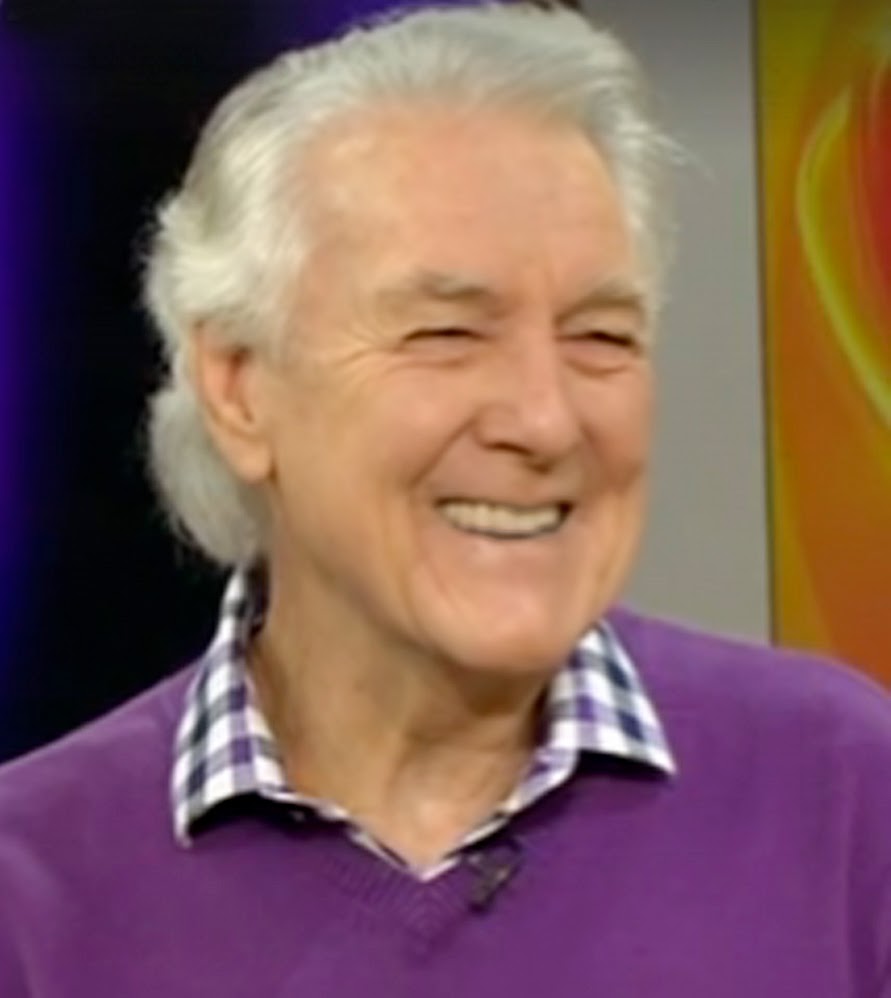Imagine that! A Seahorse in your brain.
"In each and every one of us lives a cute little Seahorse. It lives in our brain. Seahorse is the meaning of the Greek word ‘hippocampus’, which is part of our brain".
I was pleased to be given the job of illustrating a series of ten (10) 36 page children's books to be distributed throughout schools.
My first job was to create ten character illustrations. A different character would feature in each book: Orlando The optimistic Octopus, Seth The Shrimp, Bradley The Bee and etc. Some of these characters feature in the following illustrations.
The Preface to Book 1, "Honey For Your Seahorse" explains the sentiment and purpose of the series as a whole, I think.
Preface to Book One:
"This part of our brain is extremely important as it helps us regulate our emotions, foster optimistic behaviours and build resilience. We all need to feed our Seahorse ‘honey’ so we can look after our wellbeing and the wellbeing of others.
In this series of books, ‘honey’ refers to the chemicals released inside the brain when individuals experience positive emotions, which include serotonin, oxytocin and dopamine. It is possible to help your brain create ‘honey’ by using a wide range of strategies that will be explored in this series.
The following stories follow the adventures of Billie and JBas they commence a life-changing journey. A journey of self-discovery, where they learn how to feed their Seahorses (hippocampus) and build the emotional agility required to manage all that life deals out to them.
Join Billie and JB as they meet many funky, hip, knowledgeable and wonderful characters who will help the unlock the secrets of the brain and give them the lifelong tools to manage their wellbeing.
Learning Intentions:
1. ‘Honey’ is a metaphor for Believe in Positive Expectations and Emotions.
2. BEEs make ‘honey’.
3. ‘Honey’ feeds your seahorse.
The Neuroscience explored in this Story

Over the years, resilience has focused on improving the behaviours of children so that their actions would foster assets for their positive youth development.
The recent addition of neuroscience in education, which is referred to as Brain-Based Education, invites us to explore and include the understanding of brain function that underpins the motivation for behaviours. This allows us to understand the presence of unhelpful behaviours in children and help us support and redirect children’s internal resources.
 In this first book, we are introduced to Orlando the Octopus: he is the character which magnifies a fundamental protective factor of optimism in wellbeing. Activating hope, positivity and perseverance [just to name a few]are less likely to trigger the HPA Axis in the brain, which is the stress activation system. Learning and memory is enhanced when stress remains low. This same rule applies for Mental Fitness; the brain’s optimal state of neurological functioning.
In this first book, we are introduced to Orlando the Octopus: he is the character which magnifies a fundamental protective factor of optimism in wellbeing. Activating hope, positivity and perseverance [just to name a few]are less likely to trigger the HPA Axis in the brain, which is the stress activation system. Learning and memory is enhanced when stress remains low. This same rule applies for Mental Fitness; the brain’s optimal state of neurological functioning. 
Please view the 60 second science vimeo:
The Seahorse in this book refers to the brain’s Hippocampus. According to neuroscience, this is the brain’s centre for resilience modulation. So nurturing this organelle in the brain’s limbic system means stronger neural connections in this area.
Please view the 60 second science vimeo:
Once you have understood the limbic system, you can better understand the role of the Hippocampus.
Please view the 60 second vimeo:
The Hippocampus [seahorse] is impacted neurologically where there is persistent negativity [ANTs] or persistent positivity [BEEs]. ANTs prompt HPA activation and BEEs protect HPA activation.
In summary, the more BEEs we can harness in our heads, the greater the resilience-building capacity. BEEs make ‘honey’ - and in neuroscience, the ‘honey’ represents the BDNF [Brain-Derived Neurotropic Factor] enzymes in the Hippocampus that are responsible for neuroplasticity, neurogenesis and neural strength. In essence, ‘honey’ is food for our neurons".
Source: "Honey For Your Seahorse"
Authors: Robert Rostolis – B.A B.Ed, Stephen Campbell – B.Ed Hon, Josh Gee – B.Ed
Neuroscience and co-author: Maria Ruberto –
Illustrated by: Russell Jones






Comments
Post a Comment